Top 4 easy 3D modeling software for beginners
In the modern 3D pipeline – spanning animation, product design, architecture, visual effects, and even game development, the right 3D modeling tool can significantly shape your creative journey. For beginners, choosing software that’s easy to learn yet powerful enough to grow with is essential. That’s why exploring easy 3D modeling software is a great first step into the world of 3D creation. In this article, we highlight the top 4 easy 3D modeling software for beginners, helping you find the perfect starting point for your skills, goals, and workflow.
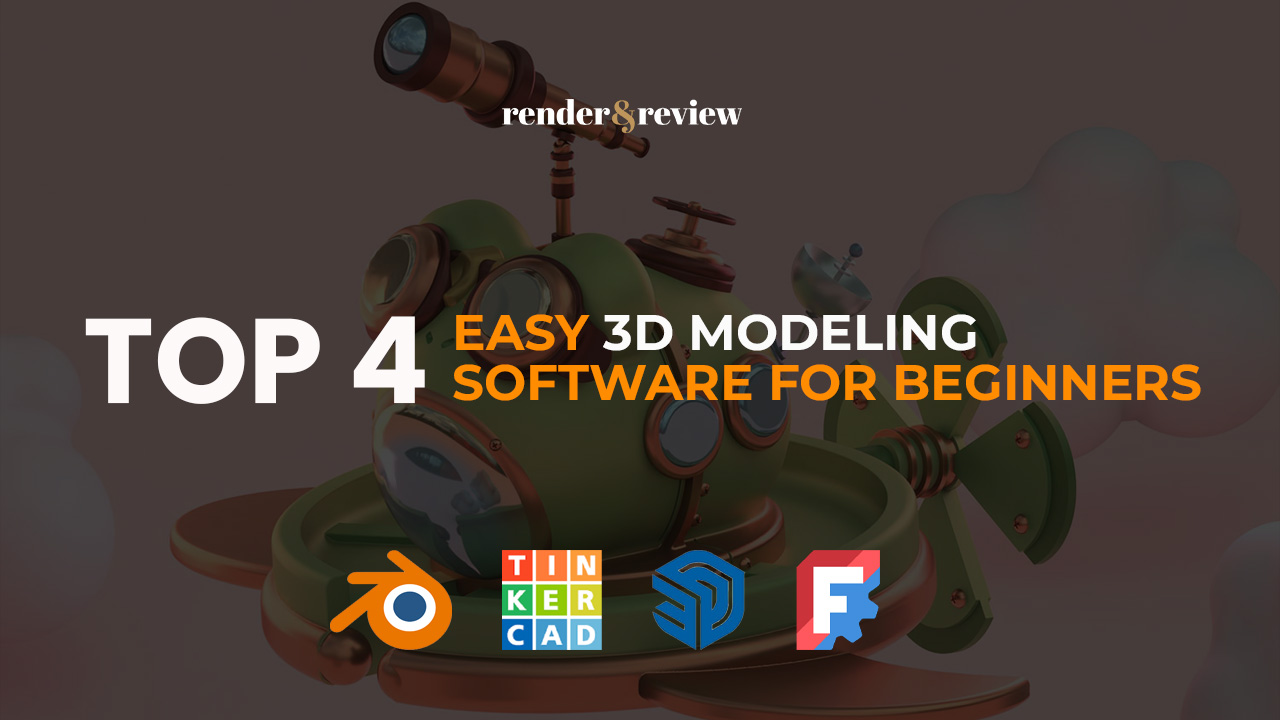
Table of Contents
Top 4 easy 3D modeling software for beginners
Blender – The best free 3D modeling software
Blender is often the first name that comes to mind when people look for free and easy 3D modeling software, thanks to its versatility and active global community. It’s a full-fledged 3D suite capable of handling everything, from video editing and motion graphics to modeling, rigging, physics simulations, rendering, animation, and compositing. While some specialized tasks may still be better handled by paid alternatives, Blender’s ability to cover almost every stage of the 3D pipeline in a free package is truly remarkable.
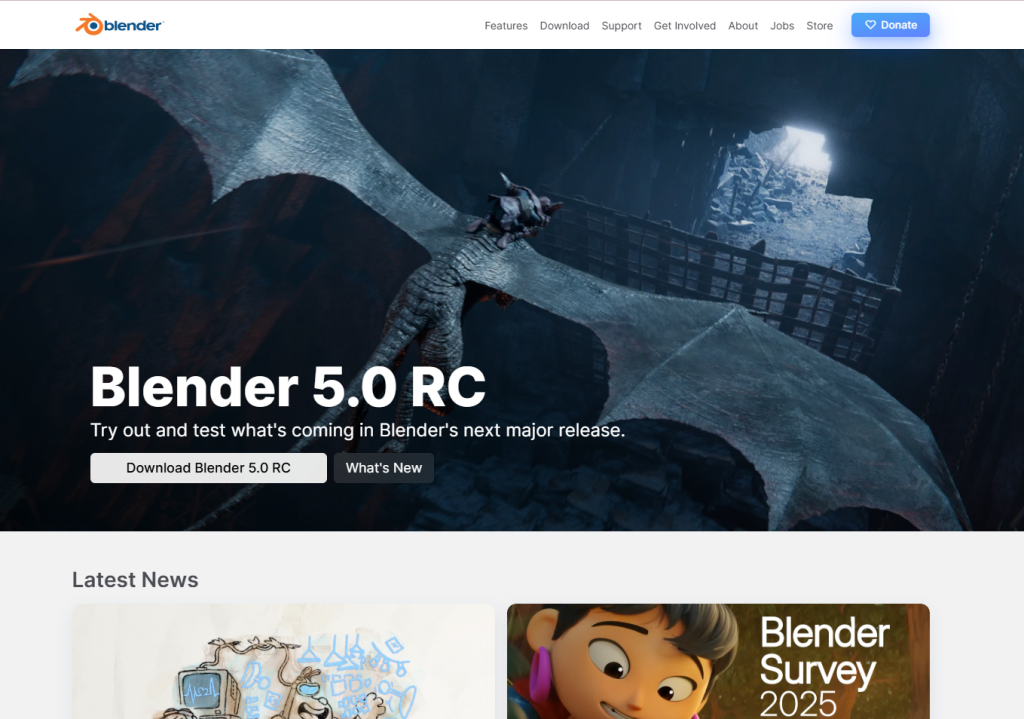
Blender runs on Windows, macOS, and Linux. While it’s completely free, some optional add-ons may require payment. Its built-in render engines, Eevee and Cycles, support both GPU and CPU rendering, and third-party render engines like Octane can also be integrated. Although beginners may find the learning curve a bit steep, Blender’s vast collection of free tutorials and dependable community support make the journey much easier. The only notable downside is that it isn’t yet the industry standard, but it is gaining strong momentum in professional pipelines.
Tinkercad – The easiest 3D modeling software
Tinkercad is widely known as one of the simplest and easiest tools for complete beginners. This web-based, free modeling program uses a friendly drag-and-drop workflow built around basic shapes, making it ideal for learning the foundations of 3D design without installing any software. You can access it on Windows, macOS, iPads, and smartphones, making it a flexible option for learning on the go.

It’s perfect for hobbyists, students, and anyone taking their very first steps into 3D modeling. While it excels at simple designs, more complex projects may feel limited and slower to edit. Still, its simplicity is exactly what makes it a top pick for beginners.
SketchUp Free – 3D modeling software for archviz
SketchUp Free is another browser-based modeling software known for its intuitive, sketch-like workflow, which is perfect for architectural visualization and design. It allows you to conceptualize and pre-build 3D structures before actual construction, offering a drawing experience that feels as natural as sketching with a pencil.

With its line-based tools, SketchUp Free can also generate accurate 2D construction documents like floor plans. To enhance your modeling process, SketchUp provides access to a massive 3D Warehouse with over 4 million pre-built models, letting you quickly visualize rooms, objects, and layouts. You can also store your own textures and material libraries for more personalized design work. However, the free version comes with certain limitations, and upgrading to a paid plan unlocks more advanced features.
FreeCAD – 3D modeling software for objects
FreeCAD is an ideal option for users interested in product design, mechanical parts, or object-based modeling. This open-source software gives you the flexibility to build precise models using geometry-constrained 2D sketches, which can later be extruded or manipulated into complex 3D objects. It includes a wide range of components for adjusting dimensions and extracting design details to create high-quality, functional models.

FreeCAD works on Windows, macOS, and Linux, and supports many file formats for smooth importing and exporting across different software. Its biggest drawback is slow rendering performance, so it’s best suited for modeling rather than high-speed visualization.
Conclusion
Choosing the right starting point can make your 3D journey smoother and more enjoyable. Whether you prefer the versatility of Blender, the simplicity of Tinkercad, the architectural strengths of SketchUp Free, or the precision of FreeCAD, each tool offers unique advantages for beginners. By exploring these easy 3D modeling software options, you can confidently begin learning the essentials of 3D creation and build a foundation that will support more advanced skills in the future.
See more:



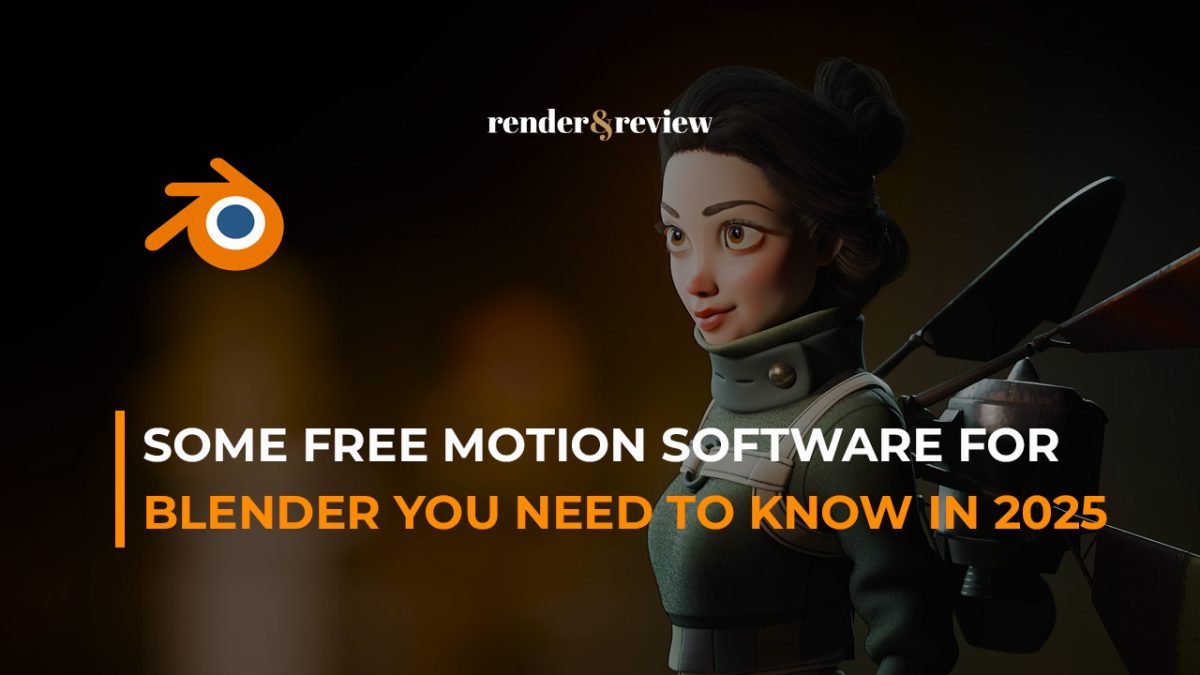



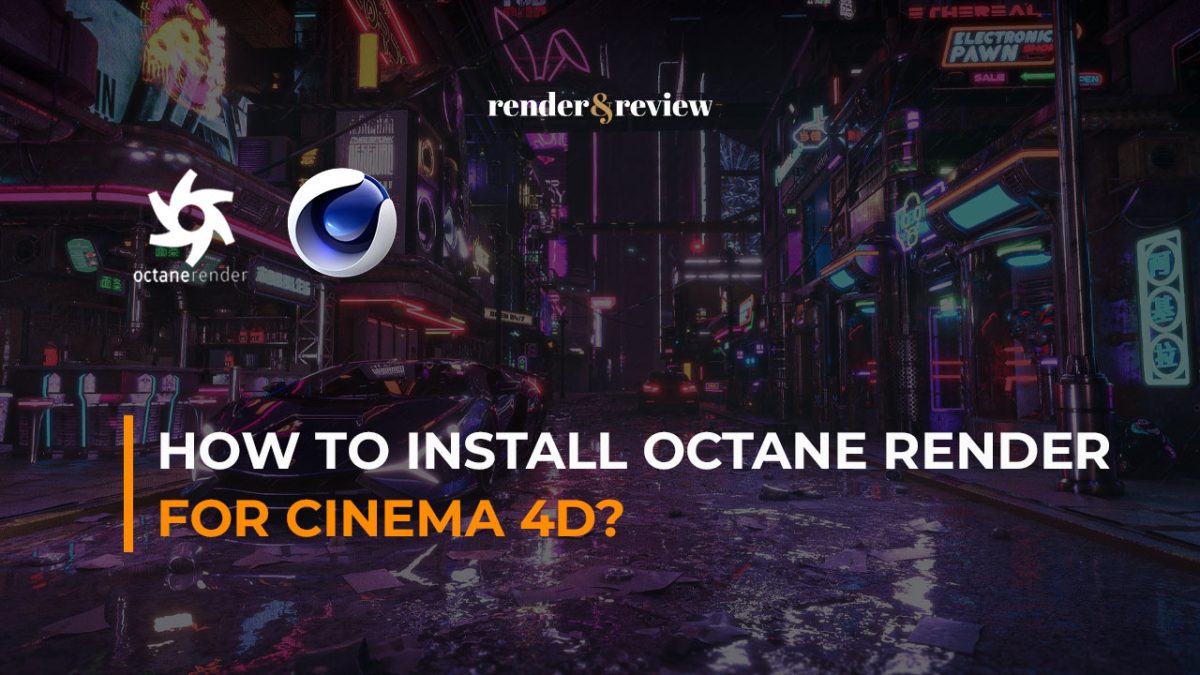
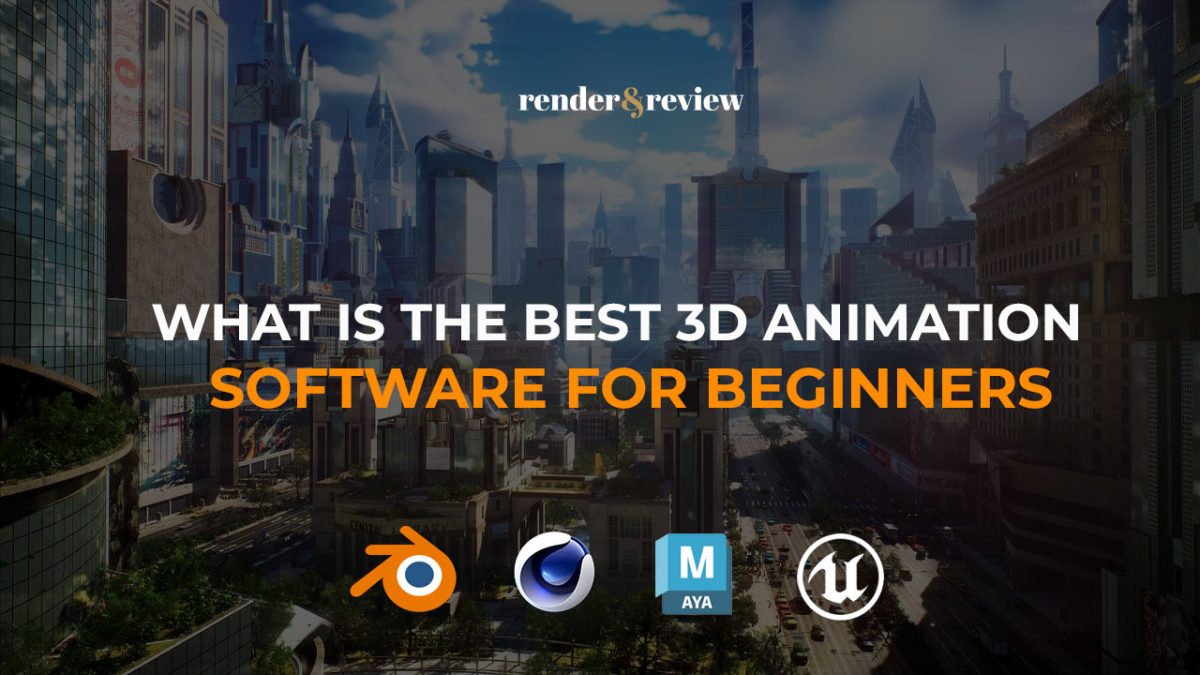
No comments